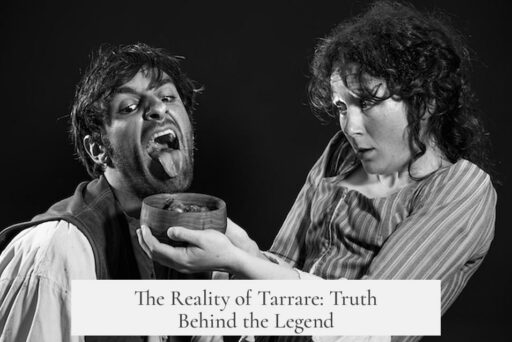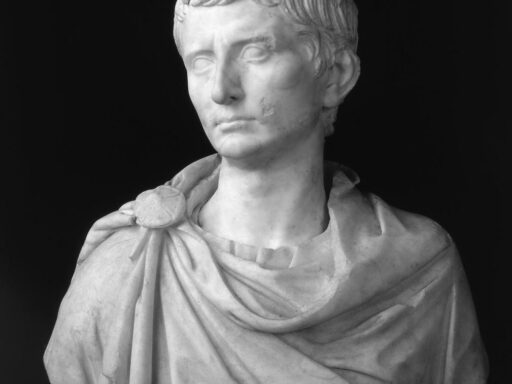Tarrare was real. The story originates from Pierre-François Percy, a respected military doctor active during the Napoleonic Wars. Percy’s accounts, while singular, are credible and based on multiple eyewitness testimonies from doctors and military personnel who interacted with Tarrare over the years.
Pierre-François Percy, born in 1754 and deceased in 1825, serves as the sole primary source about Tarrare. His professional reputation supports the validity of the case. Percy described Tarrare’s condition twice: first, in memoirs around 1802 and second, in a detailed 1809 medical article. A later published version appeared in 1817 in the Dictionnaire des sciences médicales. Percy’s medical career was distinguished. He contributed innovations to military medicine and served as surgeon-in-chief in Napoleon’s army.
Although Percy’s role in the story is limited—he only briefly examined Tarrare in 1798 and never observed his compulsive eating firsthand—his reports derive from direct or secondhand testimony by several contemporaneous medical professionals. Percy names doctors such as Courville, Giraud, Desault, Lorentz, and Tessier as witnesses who knew Tarrare. Most of these doctors were real, active medical personnel well known in their field. This strengthens the authenticity of the narrative. They worked in Paris hospitals and military medical services during the late 18th century.
Witnesses described Tarrare’s extraordinary hunger and abnormal digestive symptoms. He was known to consume vast amounts of food, including reportedly live animals such as cats and snakes. Some accounts tell of him drinking fresh patient blood and attempting to eat human corpses in morgues. These details sound sensational but originate from medical and military staff who encountered Tarrare and shared their impressions with Percy.
The story is naturally prone to exaggeration. Tarrare’s condition, known medically as extreme polyphagia, fascinated and repelled those around him. Later retellings embellished the details, sometimes attributing interactions and observations to Percy that he never personally made. However, the core facts about Tarrare’s condition and behavior remain consistent across primary accounts. These confirm his compulsive eating disorder as genuine.
Military doctors reportedly tried to harness Tarrare’s unusual stomach capacity to turn him into a “living safe” for secret documents during wartime. This project failed, but the fact that multiple surgeons and officers worked with Tarrare on such experiments again supports his reality. His notoriety extended within military hospitals, where his behavior caused disturbances and eventually led to his ejection.
Tarrare began as a street performer, showcasing his seemingly insatiable appetite to crowds. His excessive eating led to severe digestive health issues. Over time, numerous medical professionals treated or at least observed him, making him a well-documented though disturbing case. He died in 1798 after suffering from tuberculosis and infections related to poor health.
This combination of medical observation, multiple independent witnesses, and historical records provides a solid basis to accept Tarrare as a real person with a pathological condition. While some specific details may exaggerate or mythologize his actions, the central story of a compulsive eater known as Tarrare held true from the late 1700s to his death.
| Aspect | Details |
|---|---|
| Primary Source | Pierre-François Percy, French military doctor |
| Period | Late 18th century, died 1798 |
| Condition | Extreme polyphagia (compulsive eating) |
| Notable Behaviors | Ate unusual items (live animals, blood, corpses) |
| Medical Witnesses | Several contemporary doctors and military surgeons |
| Military Role | Attempted use as a human safe for documents |
| Death | 1798, tuberculosis and infections |
- Tarrare’s story is grounded in verified medical reports from the late 1700s.
- Multiple eyewitnesses from the medical and military fields confirmed his condition.
- Some details may be exaggerated but the core disorder and behaviors are credible.
- Tarrare was a real man known for his extreme appetite and unusual digestive issues.
- His attempts to contribute to wartime efforts under medical supervision further validate his existence.
Was Tarrare a real person?
Yes, Tarrare was real. The story mainly comes from Pierre-François Percy, a credible French military doctor. Other doctors who knew him also confirmed his existence. His extreme eating habits were documented by medical professionals of the time.
Did Pierre-François Percy personally observe Tarrare’s eating behavior?
No, Percy never saw Tarrare eating compulsively. He examined Tarrare once in 1798 to check a condition and mainly collected testimonies from other doctors and witnesses who knew Tarrare earlier.
Are the stories about Tarrare exaggerated?
Some details seem exaggerated. His behavior is described in lurid ways, and later retellings added dramatics. Still, core facts about his compulsive eating and unusual habits come from multiple credible sources.
Did Tarrare really eat live animals and corpses?
It’s possible. Reports mention eating live cats, snakes, and even feeding on corpses in a morgue. Such accounts came from military doctors and nurses, though these claims might be partly exaggerated.
Was Tarrare used in military experiments?
Yes. Doctors tried to use his big stomach to hide secret documents in the army. This experiment failed, but it is reported by several military doctors and aligns with the known facts about him.




